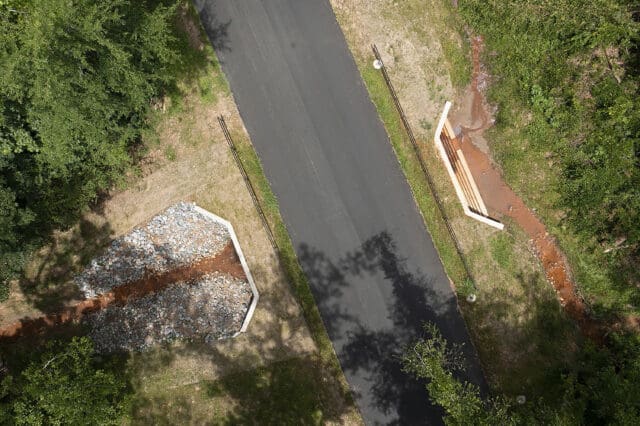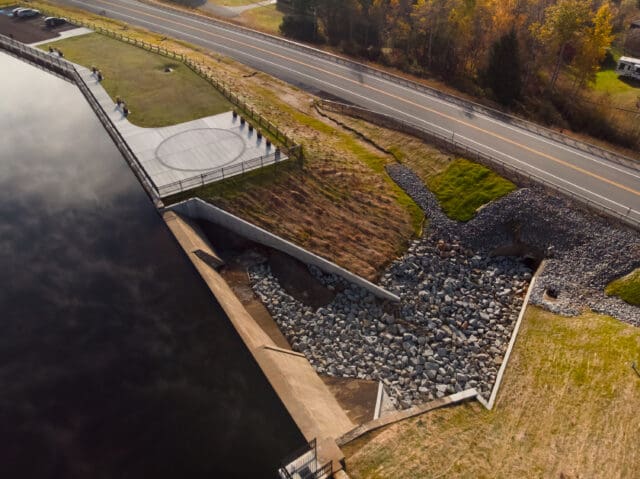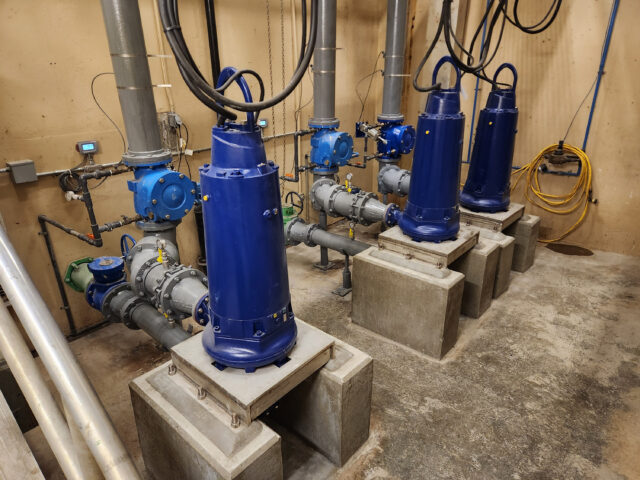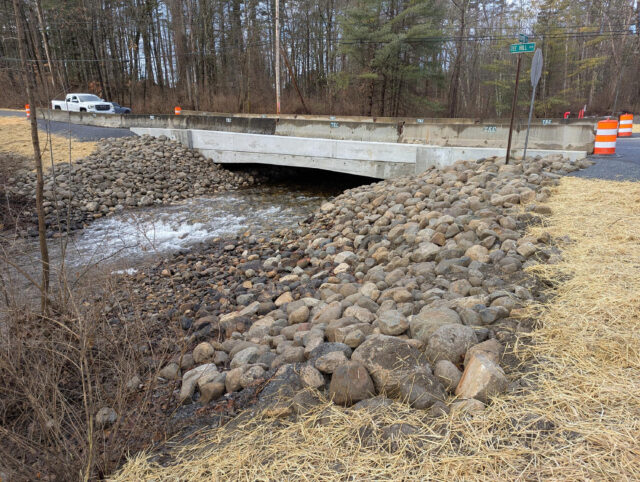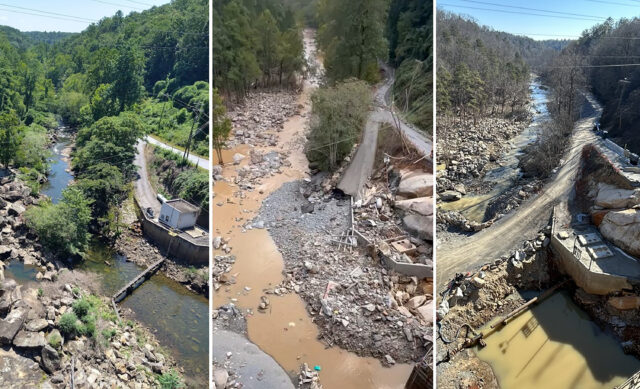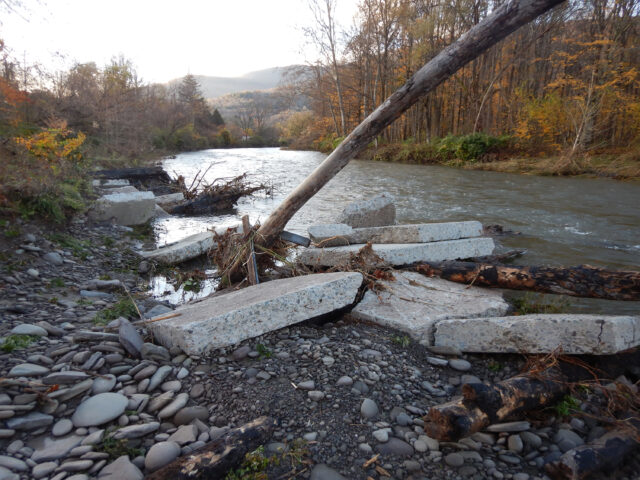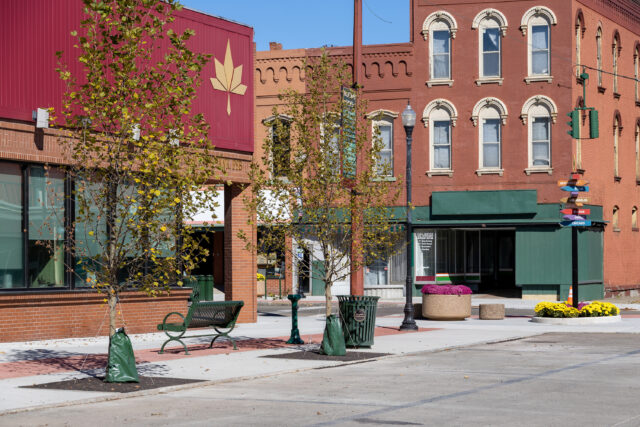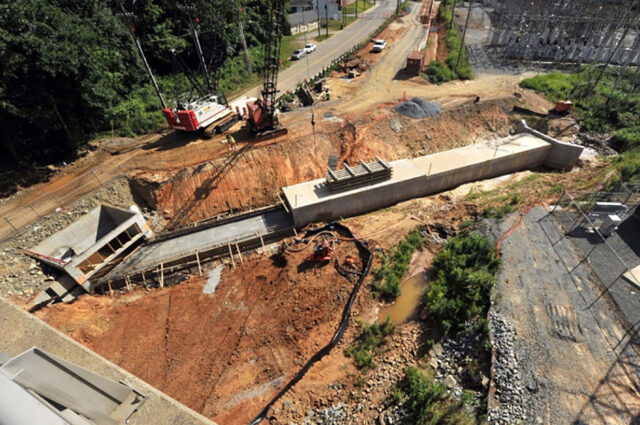LaBella has been involved in the evaluation, design, and implementation of many improvements at the City of Hornell Water Treatment Plant for over 20 years. The plant, originally constructed in the early 1970s, consisted of a cascade aerator, a rapid mixing tank to promote coagulation, a clarifier, four filters, chemical feed systems, a sludge pumping station, and sludge freezing and settling lagoons.
In the late-1990s, LaBella designed comprehensive improvements to the 3 MGD plant, including installation of multimedia (sand and anthracite) filters with air/water backwash systems, a second clarifier, new chemical feed systems, and piping modifications to meet disinfection requirements. At that time, the plant had not undergone significant upgrades for over 25 years. The project also included the addition of a new inlet pipe to the 2.5 MG storage tank to separate inlet and outlet flow. This helped to mitigate the potential formation of disinfection by-products by reducing the water age in the tank due to poor circulation and stagnation. The improvements were completed in two phases, and were financed under the Drinking Water State Revolving Fund.
In 2015, LaBella partnered with the City to identify further improvements required to maintain treatment plant performance and reliability including replacement of the 2.5 MG storage tank with two new storage tanks, rehabilitation of a clarifier, construction of an automated process control system, installation of new valves, actuators and a chemical metering pump, and structural and electrical upgrades.
LaBella completed a Preliminary Engineering Report and the City received a Water Infrastructure Improvement Act Grant and Drinking Water State Revolving Fund loan to finance the project. Construction of the upgrades project began in August 2019 were completed in Fall 2021.
One major component of the project was the replacement of one existing 2.5 million gallon (MG) steel storage tank with two new concrete storage tanks. A unique aspect of the tank construction was the concrete panels were poured and formed on-site. The two new storage tanks are 2.5 MG and 0.83 MG, respectively. After the first tank was built, the existing 2.5 MG steel storage tank was taken offline, demolished, and replaced with a new 2.5 MG concrete storage tank in the same location.
The project was sequenced in a way that allowed the treatment plant to continue operation throughout construction and the flow of water to continue to the City’s distribution system.
To enable this, LaBella created a comprehensive valve operations plan for all systems at the treatment plant early in the design, and coordinated with the City to test every valve to prevent costly delays during construction. This was key to managing a multi-faceted project with three concurrent construction contracts.
New site piping was installed to serve the new tanks so that when it is constructed it can be placed into service and fully integrated into the existing treatment plant system.
Other aspects of this project included rehabilitation of an existing clarifier, construction of a process control system and upgrades to the existing system, installation of components including piping, valves, and actuators, and all site work needed to complete the upgrade project.






